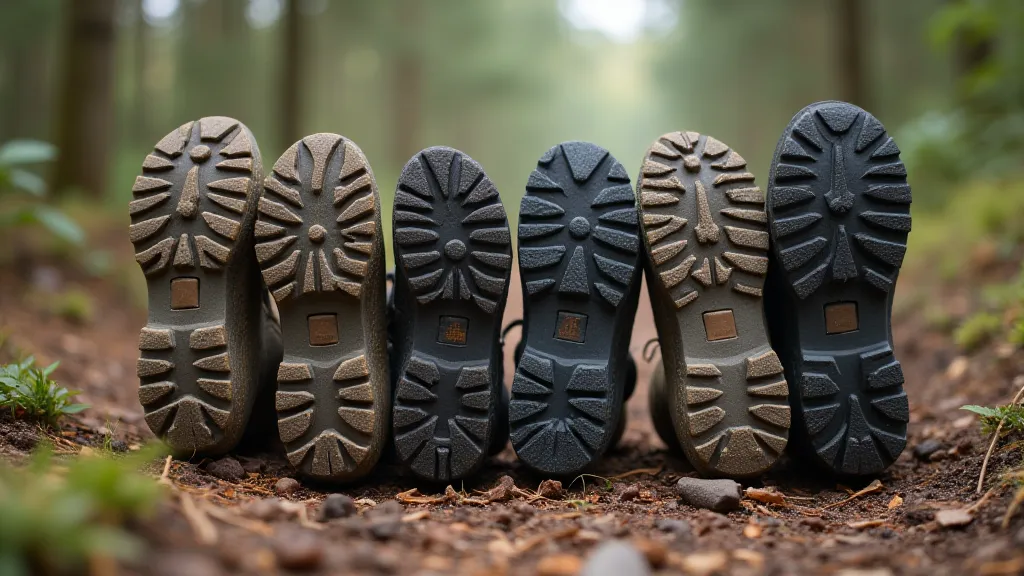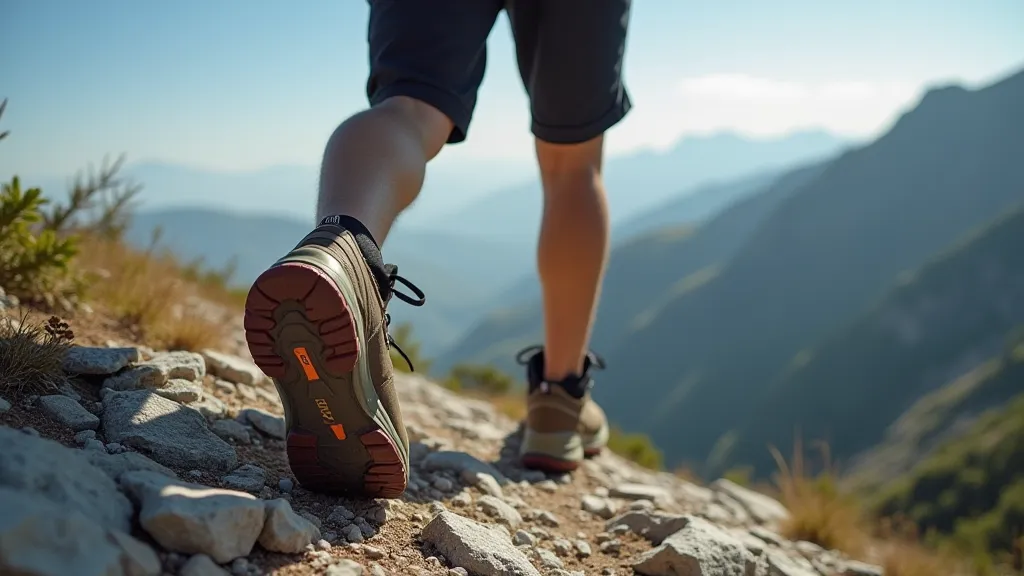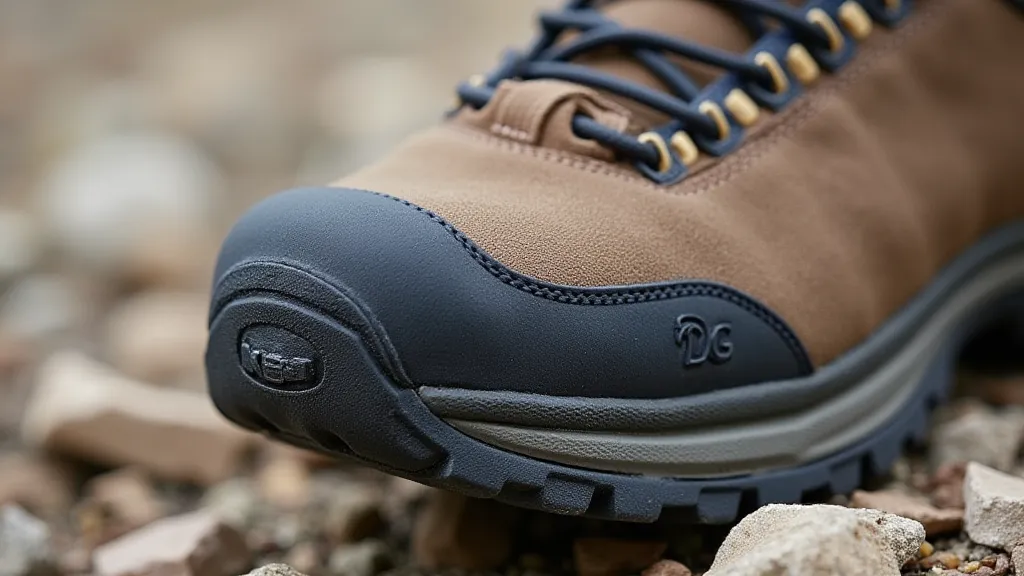Hiking Boots Review: Comparing Top Brands for 2024
Choosing the right hiking boots can make or break your outdoor adventure. With so many brands and models available, the decision can be overwhelming. This review compares top hiking boot brands for 2024, highlighting their strengths and weaknesses to help you find the perfect fit for your needs.
Why Choosing the Right Hiking Boots Matters
Hiking boots aren’t just footwear; they're essential gear. They provide crucial ankle support, traction on uneven terrain, and protection from the elements. Ill-fitting or inappropriate boots can lead to blisters, sprains, and a generally miserable hiking experience.

Brand Comparisons: Salomon vs. Merrell vs. Keen
Salomon Hiking Boots: Performance and Precision
Salomon has earned a reputation for high-performance hiking boots, often favored by experienced hikers and backpackers. Their boots are known for their precise fit, aggressive traction, and advanced features. Salomon boots often incorporate Quicklace systems for fast and secure lacing.
Pros: Excellent traction, secure fit, lightweight for the performance offered, durable construction.
Cons: Can be more expensive, the aggressive fit might not suit all foot shapes, sometimes less comfortable straight out of the box.

Merrell Hiking Boots: Comfort and Versatility
Merrell is a consistently popular choice, known for their comfortable and versatile hiking boots. They cater to a wider range of hikers, from casual day hikers to seasoned backpackers. Merrell boots often prioritize cushioning and a comfortable out-of-the-box feel.
Pros: Comfortable out of the box, good value for the price, wide range of models for different needs, often a good fit for broader feet.
Cons: May not offer the same level of aggressive traction as Salomon, some models might be less durable for heavy backpacking.

Keen Hiking Boots: Protection and Wide Fit
Keen is known for its protective toe caps and roomy fit, making them a great option for hikers who prioritize foot protection and need extra space for wider feet. Keen’s signature toe bumper provides excellent defense against rocks and roots.
Pros: Excellent toe protection, roomy fit, often suitable for wider feet, good for water resistance.
Cons: Can be heavier than other brands, the roomy fit might compromise precision on technical terrain.

Key Features to Consider
- Waterproofing: Essential for unpredictable weather. Look for Gore-Tex or similar membranes.
- Traction: Consider the terrain you're likely to encounter. Aggressive lug patterns are best for muddy or rocky conditions.
- Ankle Support: High-cut boots offer more support, while low-cut boots provide greater flexibility.
- Fit: The most crucial factor! Get your feet professionally measured and try on boots before buying.
- Weight: Lighter boots reduce fatigue, especially on longer hikes.
Conclusion: Finding Your Perfect Match
Ultimately, the best hiking boot is the one that fits your feet best and meets your specific needs. Consider your hiking style, terrain, and budget when making your decision. Don't be afraid to try on multiple brands and models before committing. Happy trails!






